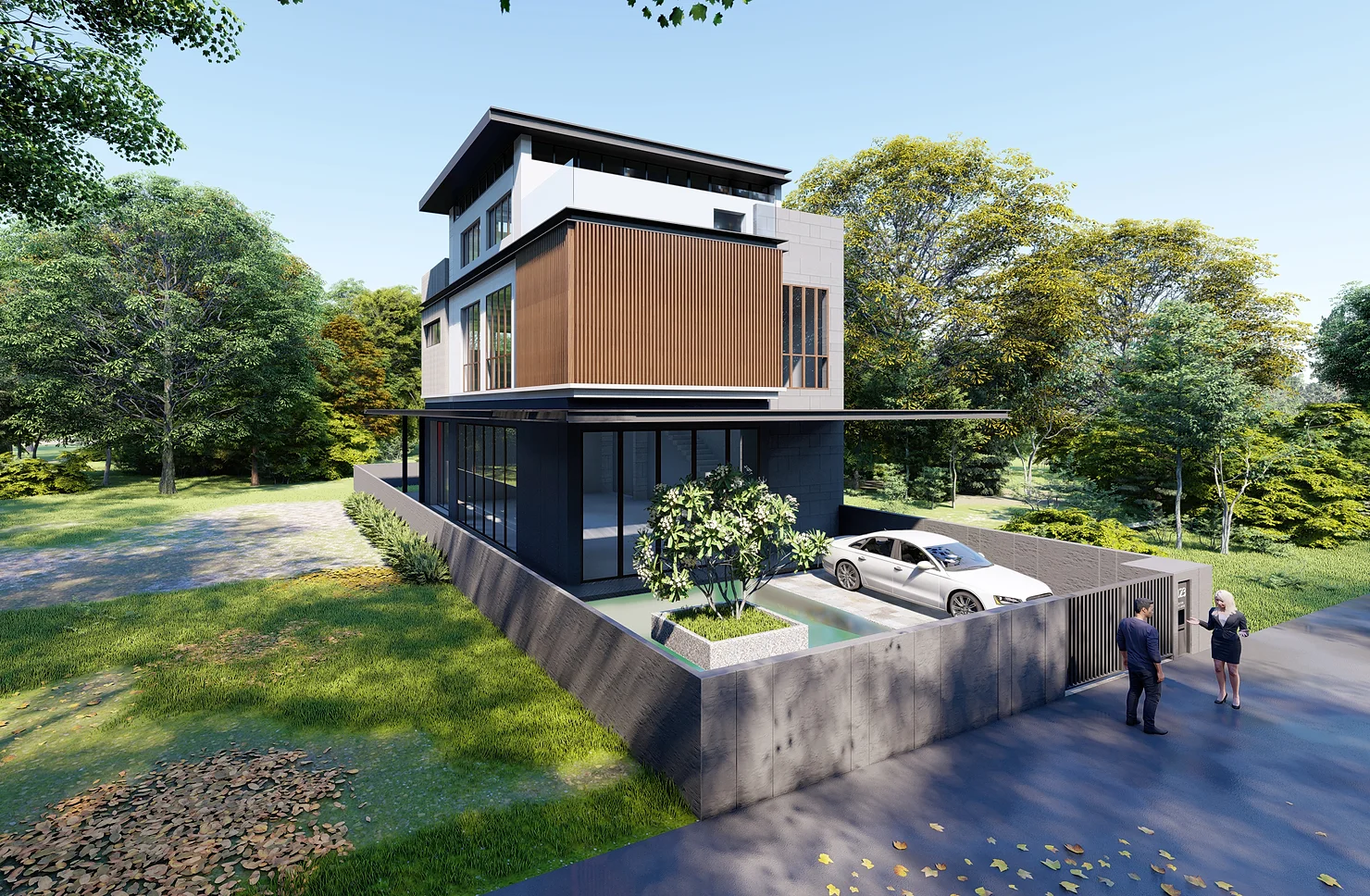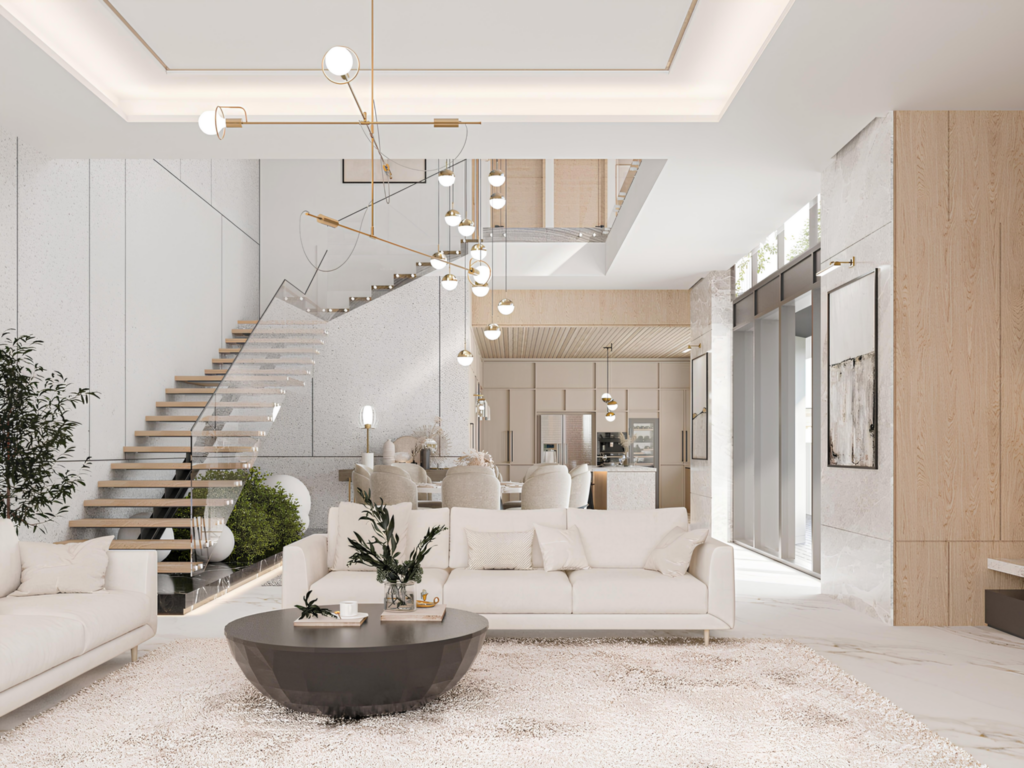
Landed property renovation in Singapore isn’t like upgrading a condo or HDB flat. There’s more freedom, of course, only that is naturally followed by more complexity. There are more regulations to helm, structural constraints are vast, and without careful planning costs can spiral. A simple extension might trigger drainage compliance issues; adding a floor could require foundation strengthening. And so on.
Mistakes are expensive, and misinformation is everywhere. These 10 FAQs about renovating a landed house in Singapore break down the critical details homeowners need to know—from costs to permits, hidden expenses to design choices—so that when the first wall comes down, nothing unexpected comes up.
1. What Are the Most Important Regulations for Landed Property Renovation?

Every landed house renovation in Singapore follows rules set by the Urban Redevelopment Authority (URA) and the Building and Construction Authority (BCA). Landed properties fall into different categories—Detached, Semi-Detached, and Terrace—each with specific setback, height, and site coverage limits. Build beyond these, and URA will reject your plans.
For major works like adding a floor or reconfiguring the layout, a Qualified Person (QP)—usually an architect or engineer—must submit building plans. Projects affecting drainage need Public Utilities Board (PUB) approval. Conservation houses come with an added layer of restrictions; structural changes often require approval from the Conservation Unit.
Mistakes here mean delays. Homeowners who assume they can “sort out approvals later” find themselves tearing down unauthorized extensions or waiting months for revised permits. Smart renovation planning starts with compliance, not design.
2. How Much Does a Landed House Renovation Cost?
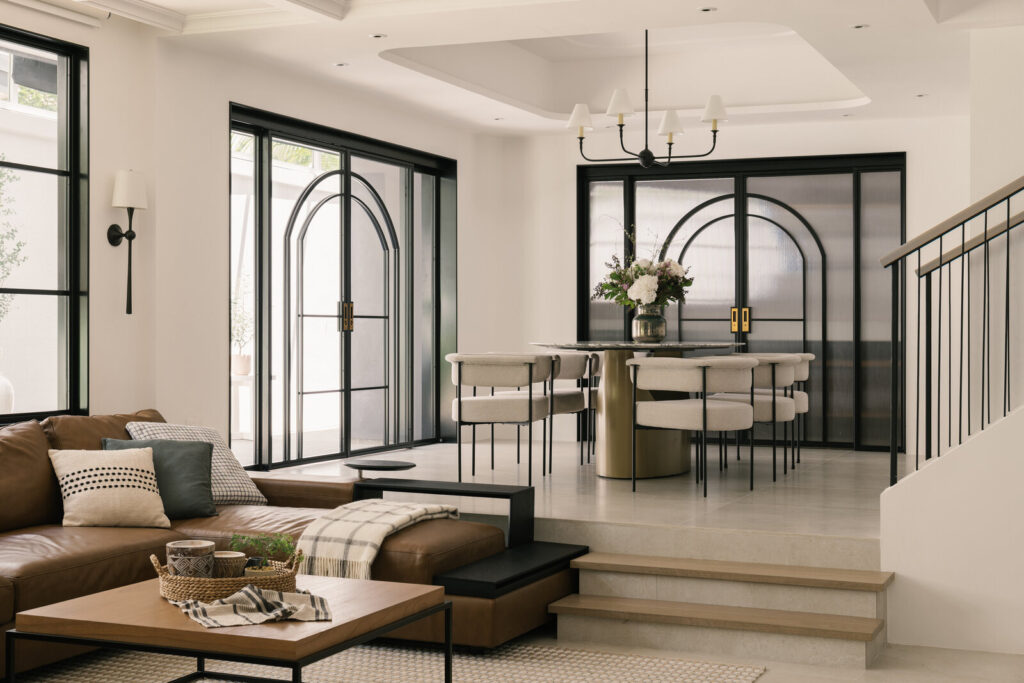
Expect a baseline of S$200,000 to S$500,000 for interior works. Structural changes—like additional floors or foundation reinforcement—push costs to S$1.5 million or more. High-end projects involving imported materials and custom features climb past S$2 million.
Costs break down as follows:
- Structural alterations: Reinforcing beams, shifting walls, adding floors—S$100,000 to S$500,000
- Electrical and plumbing: New wiring, additional power points, upgraded water systems—S$50,000 to S$150,000
- Carpentry and finishes: Kitchen cabinetry, wardrobes, flooring—S$100,000 to S$300,000
- Smart home and automation: Security systems, lighting control, integrated air-conditioning—S$50,000 to S$200,000
Budget overruns happen when homeowners underestimate structural work or change materials mid-project. Good contractors provide cost breakdowns with contingencies built in—5% to 15% of the total budget should be set aside for unexpected expenses.
3. Can I Add an Extra Floor to My Landed House?
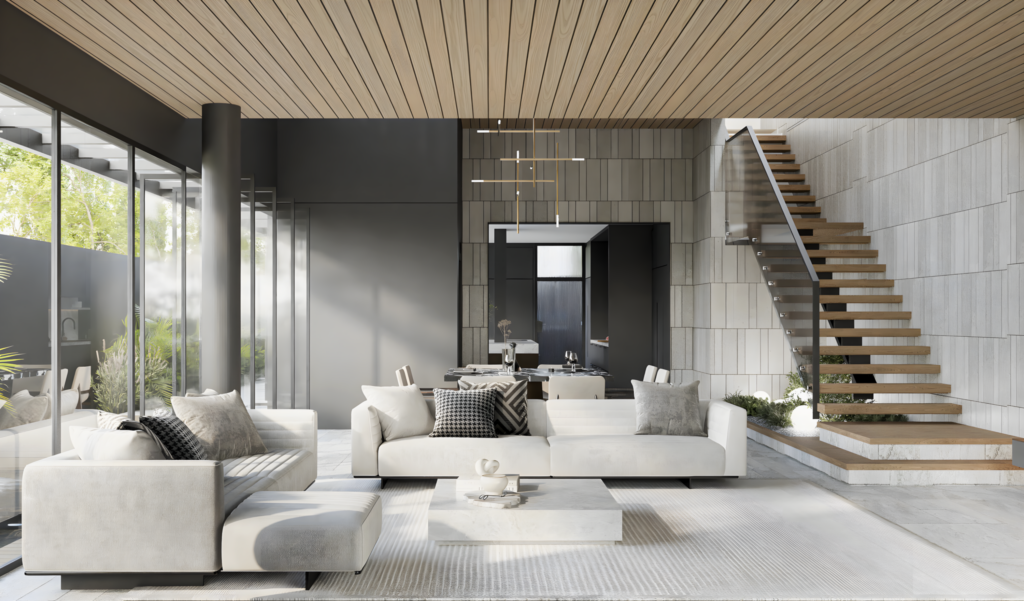
The possibility of adding an extra floor depends on the property’s height limit, and that depends on zoning. URA defines landed housing areas, and not all of them support three-story structures. Still, there are ways to bypass the regulations, up to a point. For instance, in some neighborhoods, the cap is at two-and-a-half stories, so it allows space (literally!) for creativity with attics and mezzanines.
The house’s existing foundation also matters. Older properties often lack the structural integrity to support additional floors. A structural engineer must assess load-bearing capacity before any expansion plans move forward. Weak foundations need underpinning, and that adds cost and time.
Neighboring properties are another constraint. Semi-detached houses and terraces must comply with party wall agreements, which affect the modifications that involve shared walls. Adding a floor might require reinforcement on the neighbor’s side, and that could be something they decide not to agree to.
4. How Long Does a Landed Property Renovation in Singapore Take?
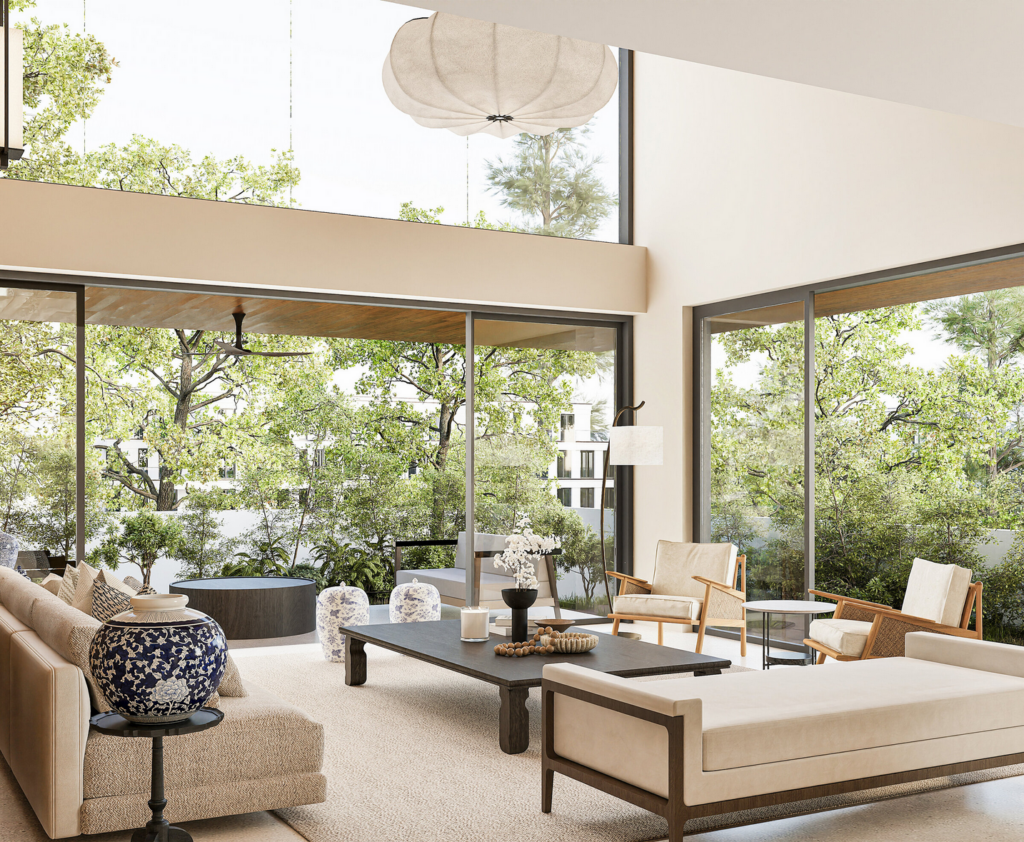
Timelines vary based on the scale of work:
- Interior-only renovation: 9 to 13 months
- Partial structural work (extensions, roof changes): 11 to 14 months
- Full rebuild: 18 to 24 months
Permit approvals are a common cause of delay. A major landed house renovation in Singapore involves URA, BCA, PUB, and sometimes SCDF (for fire safety compliance), so if one approval gets delayed, the whole project stalls.
Another culprit—supply chain issues. A homeowner who insists on imported Italian marble but doesn’t pre-order risks holding up flooring work for months. The same goes for custom-made fixtures, lighting, doors, cabinetry, and all that require long lead times.
5. What Are the Biggest Hidden Costs in a Landed House Renovation?
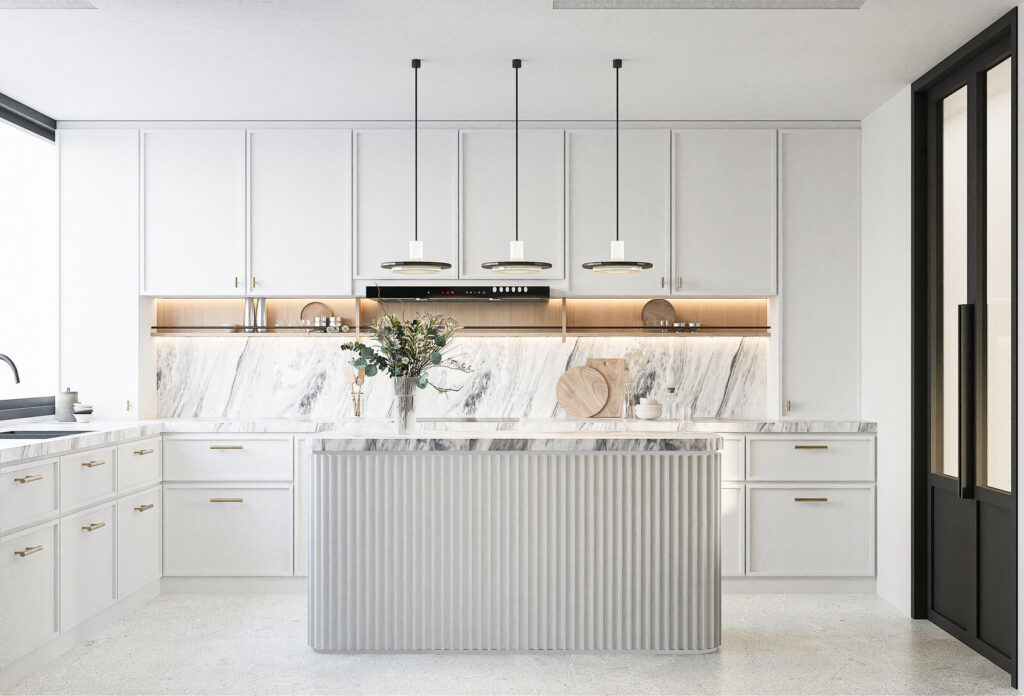
- Reinforcements: Older properties weren’t built for major structural changes. If the foundation isn’t strong enough to handle a new floor or layout modifications, reinforcement work becomes unavoidable. That can mean adding concrete footings or full underpinning, with costs ranging from S$50,000 to S$300,000.
- Drainage: PUB enforces strict runoff controls, so expanding a driveway or extending the house might require an on-site stormwater detention system, adding up expenses.
- Soil Conditions: This can turn into a financial nightmare. If the ground is weak, piling may be where your costs skyrocket. The good news is that a soil investigation can prevent six-figure remedial work later.
- Heritage: For conservation homes, heritage rules dictate materials and remodeling methods. You must track down period-correct tiles, timber, and roofing, and that level of detail drives costs up to the roof, virtually and literally.
6. What’s the Difference Between A&A and Reconstruction?
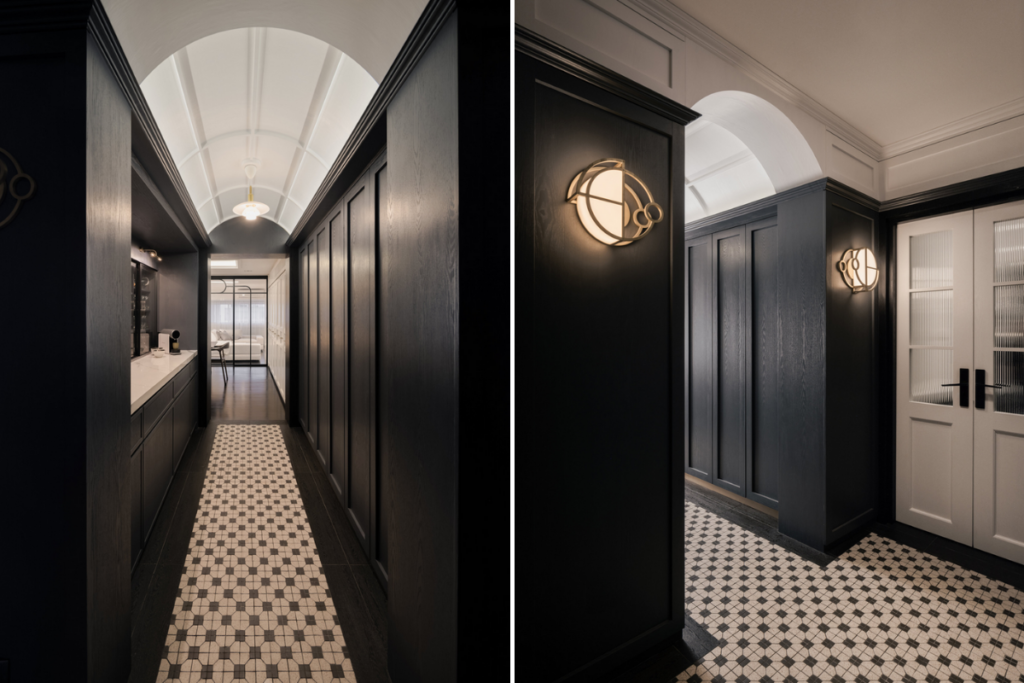
Addition & Alteration (A&A) keeps less than 50% of the existing structure, while a reconstruction replaces more than half the building. The distinction matters because a reconstruction triggers stricter URA and BCA regulations—think full compliance with modern building codes rather than just upgrading existing features.
A&A works for homeowners who want interior layout changes, minor extensions, or facade updates without complete rebuilding. Reconstruction makes sense for properties that are too old or structurally weak to support extensive modifications.
7. What Materials Work Best for Landed Property Renovation in Singapore?
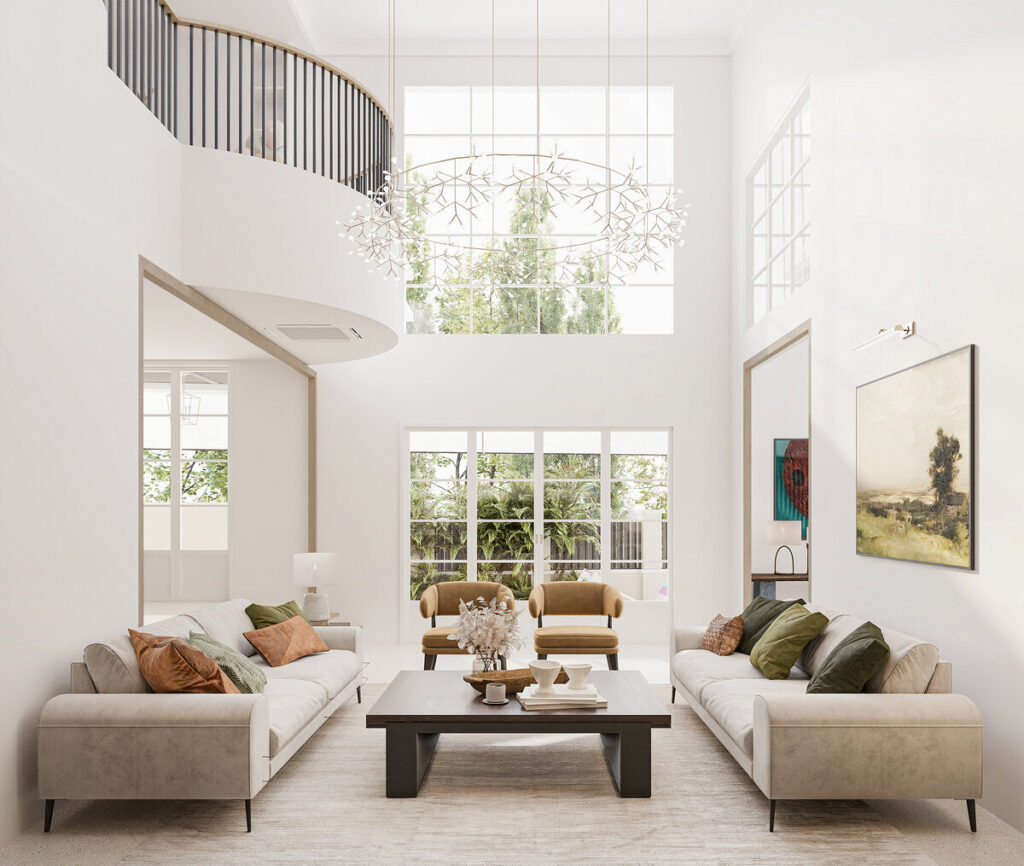
Durability is one of the most important assets here. Singapore’s humidity warps wood, corrodes metal, and encourages mold growth.
Smart choices with additional benefits:
- Exterior walls: Fiber cement boards resist moisture better than traditional plaster.
- Flooring: Engineered timber is more stable than solid hardwood.
- Windows: Low-E glass reduces heat gain without darkening interiors.
- Roofing: Metal roofs with insulation provide better thermal control than traditional clay tiles.
Natural stone remains popular for luxury home renovation in Singapore, but it must be adequately sealed to prevent moisture damage. Composite materials—like quartz over marble—offer a similar aesthetic with better durability.
8. Is Smart Home Integration Worth It?
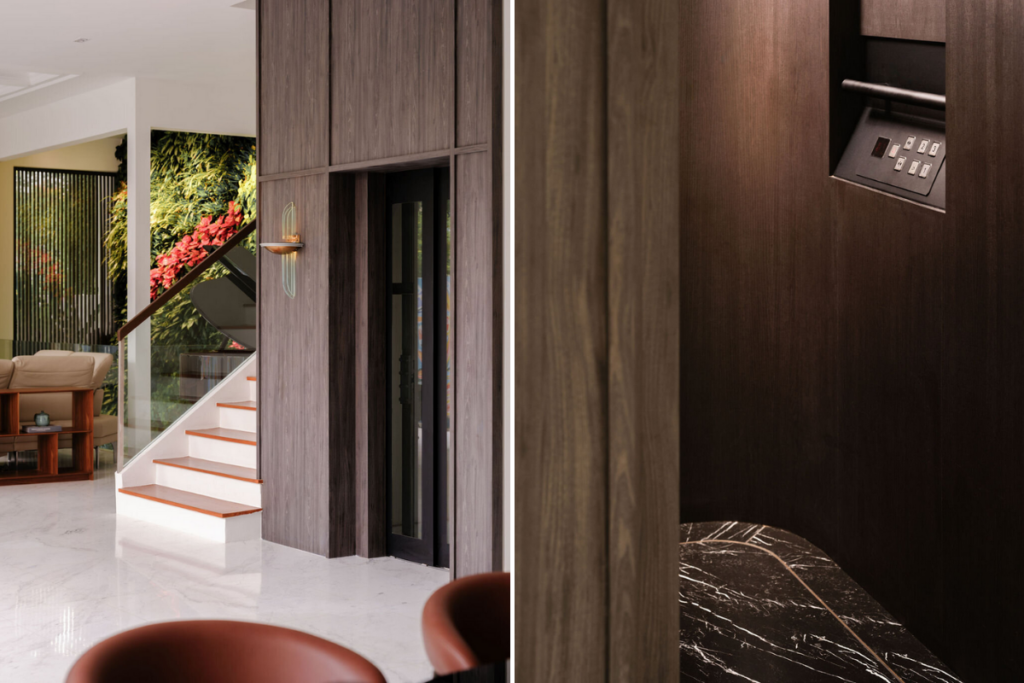
Yes, but only when planned early. Homeowners who retrofit automation after construction often deal with visible wiring, power constraints, or missing infrastructure.
Landed property renovation must-haves:
- Lighting automation: Programmable LED systems with motion sensors cut energy use.
- Security: Integrated CCTV, biometric access, and remote monitoring enhance safety.
- Climate control: Smart air-conditioning adjusts to occupancy patterns, reducing electricity costs.
The best automation setups disappear into the design—hidden wiring, flush-mounted controls, and seamless integration with built-in carpentry.
9. How Do I Choose the Right Contractor?
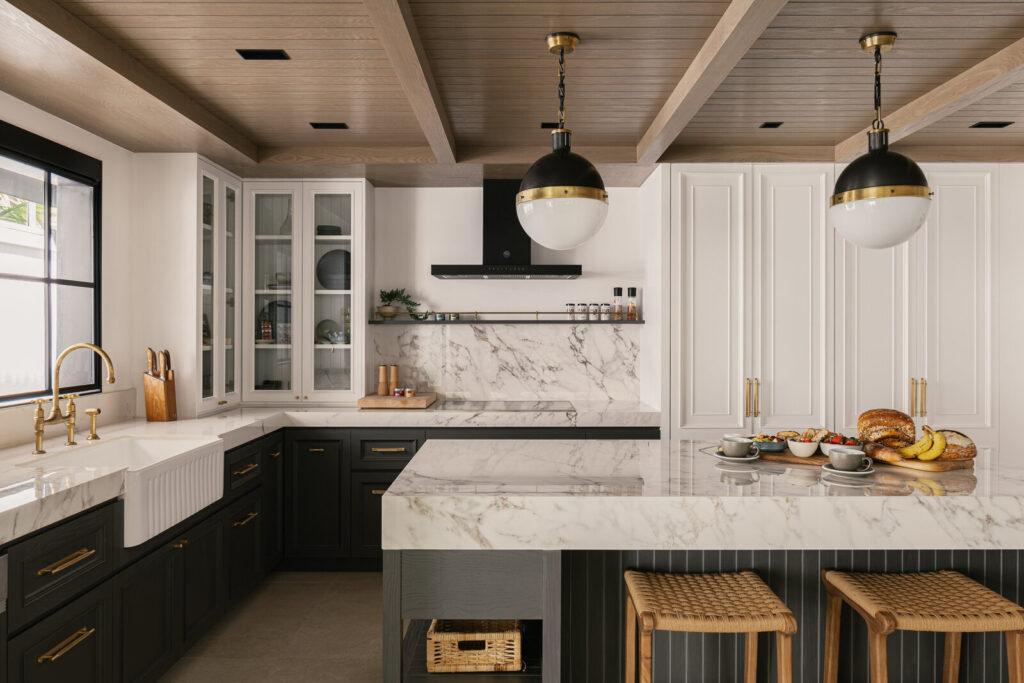
Experience matters, especially in landed house renovation in Singapore projects that involve structural work. Signs of a good contractor:
- Portfolio with similar-scale projects
- In-house design and engineering teams (avoids miscommunication between designer and builder)
- Transparent costing (detailed breakdowns, not vague lump sums)
- Clear project management structure (dedicated point of contact, defined timelines)
Red flags:
- Lowest bid with no explanation—cheap work usually means cutting corners.
- No references or past clients to speak with.
- Vague contract terms on variation orders (unplanned changes can become financial traps).
10. Should I Use a Design & Build Firm for My Landed Property Renovation?

Design-build firms streamline the process, combining architectural planning, engineering, and construction under one contract. This reduces miscommunication and cost overruns.
Separate architect and contractor teams give more design freedom but require strong project management to prevent budget and timeline overruns. Homeowners comfortable handling coordination themselves might prefer this, but for complex landed house renovations, design-build minimizes risk.
Landed house renovation in Singapore isn’t just about picking materials and layouts.
It’s a balancing act between regulation, budget, and long-term practicality. Renovating a landed home comes with complexities—and mistakes are expensive. The right approach saves months of delays and thousands of dollars.
Partner up with the design-build firm with extensive experience to ensure seamless coordination from concept to construction. Get it built right from day one!

